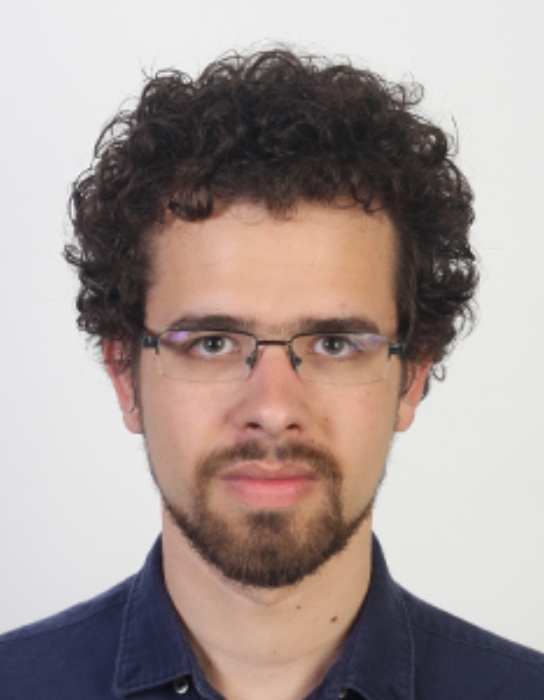Odjel za antene i širenje elektromagnetskih valova
Odjel za teoriju i primjenu mikrovalova (MTT), Odjel za antene i širenje elektromagnetskih valova (APS), Zajednički odjel AES i GRS, Zavod za radiokomunikacije Fakulteta elektrotehnike i računarstva te Odjel komunikacijskih sustava HATZ pozivaju vas na predavanje:
"Integrated Photonics for LIDAR and Communications"
koje će održati dr. sc. Tin Komljenović s University of California, Santa Barbara, SAD u utorak, 19. prosinca 2017. godine, u 14 sati, u Sivoj vijećnici Fakulteta elektrotehnike i računarstva, zgrada D – prizemno.
Sažetak predavanja i životopis predavača nalaze se u nastavku obavijesti.
Summary:
LIDAR (LIght Detection And Ranging) employs a moving laser beam to sample the environment for optical “echoes” and rapidly collect high resolution three-dimensional images similarly to a radar, but due to order of magnitude higher frequencies of light it allows for much finer “vision”. One can easily imagine a world where every vehicle employs a LIDAR system for improved safety, for data collection, or to provide feedback for fully automated driving. This will require advancement beyond the current state of LIDAR technology – which typically costs tens of thousands of dollars and is so large that is has to be mounted on the roof of the vehicle – to LIDAR technology that can be deployed on bumpers or door frames. However, this is only possible with the great reduction in size, weight, cost, and mechanical wear.
Photonic integration, combining efficient lasers, modulators, and detectors with large area optical phased arrays, promises to deliver a fully-integrated solid-state beam-steerable LIDAR chip. As the complexity of such devices increase, silicon photonics, with its superior processing and yield, has a distinct advantage, but lacks efficient, electrically pumped laser. Heterogeneous integration brings an efficient, electrically pumped laser to the platform paving the way to unprecedented complexity of photonic integrated LIDAR chips.
I will present recent work on delivering state-of-the-art chip-scale LIDAR architecture.
Biography:
Tin Komljenovic received his M.Sc. and Ph.D. degrees in electrical engineering from Faculty of Electrical Engineering and Computing, University of Zagreb in 2007 and 2012, respectively. During his Ph.D. he was a visiting researcher at IETR, University of Rennes. His current research interests include integrated photonic circuits, tunable optical sources and LIDAR. He has authored or coauthored over 70 papers and 7 patents. Currently he is working as a Project Scientist at University of California, Santa Barbara pursuing research in photonic integration.


